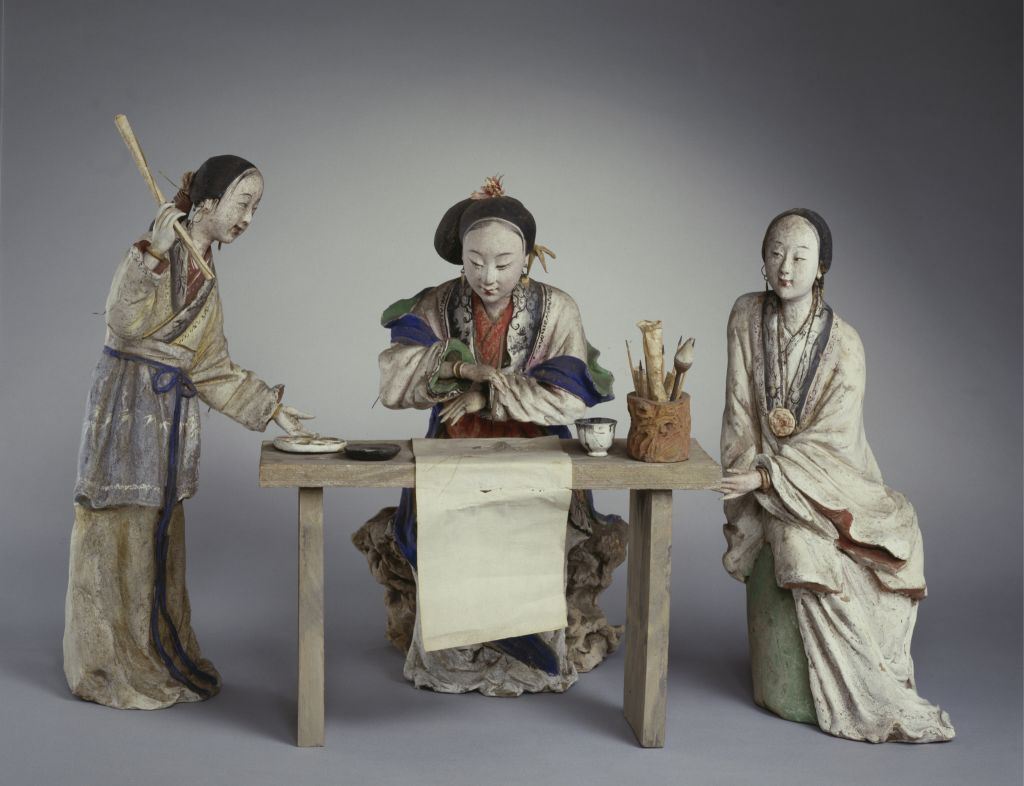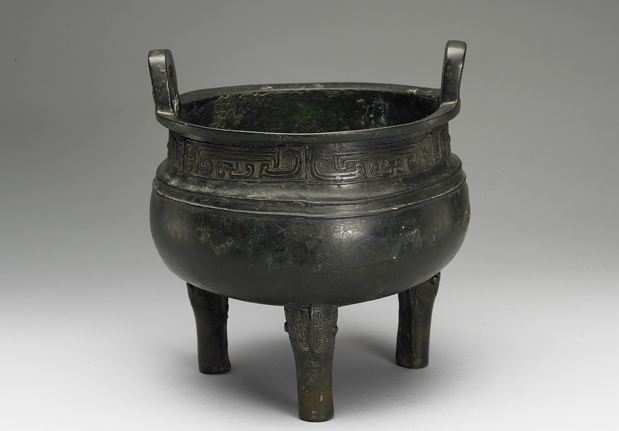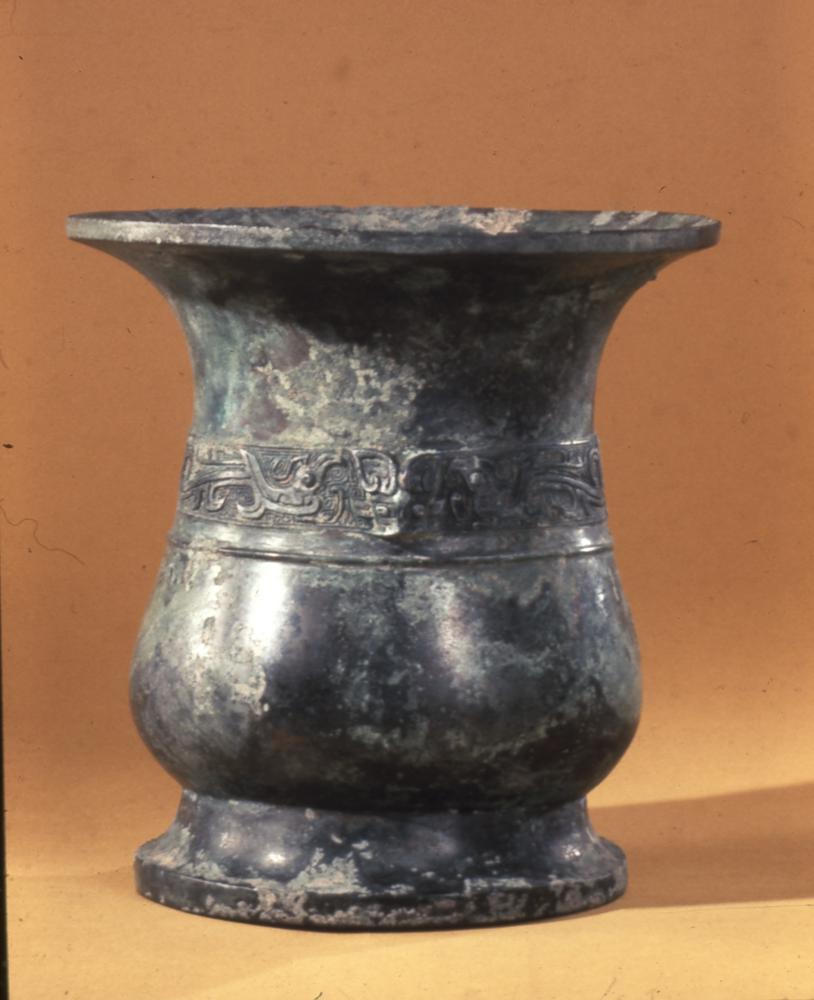[Jin Nong Li Shu Tao Xiushi Qing Yi Lu Axis]
“Tao Xiushi Qing Yi Lu” Axis, Qing Dynasty, Jin Nong Shu, paper edition, Li Shu, vertical 119 centimeters, horizontal 59.5 centimeters
Interpretation: On the first day of the fifth year of Baoda’s reign, during heavy snow, Lord Li ordered his younger brother to exhibit Yan’s poems, order the Chinese people to have a private place, and grant Li Jiancheng a successor. At the Xiting Pavilion, Xu Xuan, the scribe of the Shijian Fanghui Society, and Zhang Yifang, a scholar of the Qin Zhengdian Hall, immediately joined forces. “It was a banquet for three people, Jianyi, Xuanxuan, and Yifang. At night, Ai Fang dispersed.”. The courtiers all have poems, with the preface and preface. It is still a collection of famous artists’ paintings of imperial appearance, with Gao Chong being the master of the ancient times, the ministers’ law department being the master of silk and bamboo, Zhou Wenju being the master, the pavilions and palaces being the master of Zhu Cheng, and the snow and bamboo forests being the master of Dong Yuan. In the Book of the May of the Summer of Guihai, Tao Xiushi recorded a record of the Qing Dynasty in order to follow the teachings of his elder brother Da Ya. Ancient Hangzhou Jinnong
The seal is stamped with “Jinnong Seal” and “60 Buzuoweng”. Collection seal: “Small calligraphy and painting boat secret play”, “Yan Xiaofang treasures gold stone calligraphy and painting seal”
This recorded article is selected from Tao Xiushi’s “Qing Yi Lu” of the Song Dynasty. “Qing Yi Lu” is a collection of essays written by the author based on allusions from the Sui, Tang, and Five Dynasties. Jin Nong wrote this work with his original “lacquer book”, with flat and sturdy horizontal strokes, and deliberately cut straight into shape at the beginning and end of the pen. Fine and sharp strokes such as straight strokes, long curls, and strokes. The font style is square, thick, and dignified, with a sharp contrast between the dark ink and the white space between the characters, giving a strong visual effect. This book was written in the eighth year of Qianlong’s reign (1743), when Jin Nong was 57 years old. At that time, his “lacquered book” had begun to take shape, with distinctive features, but not yet strongly exaggerated. The shape of the book was still square and flat, with many rounded strokes, and the overall appearance was a fusion of vigor and lightness.
![图片[1]-Jin Nong Li Shu Tao Xiushi Qing Yi Lu Axis-China Archive](https://chinaarchive.net/Warring States period/model calligraphy/23618[1024].jpg)





